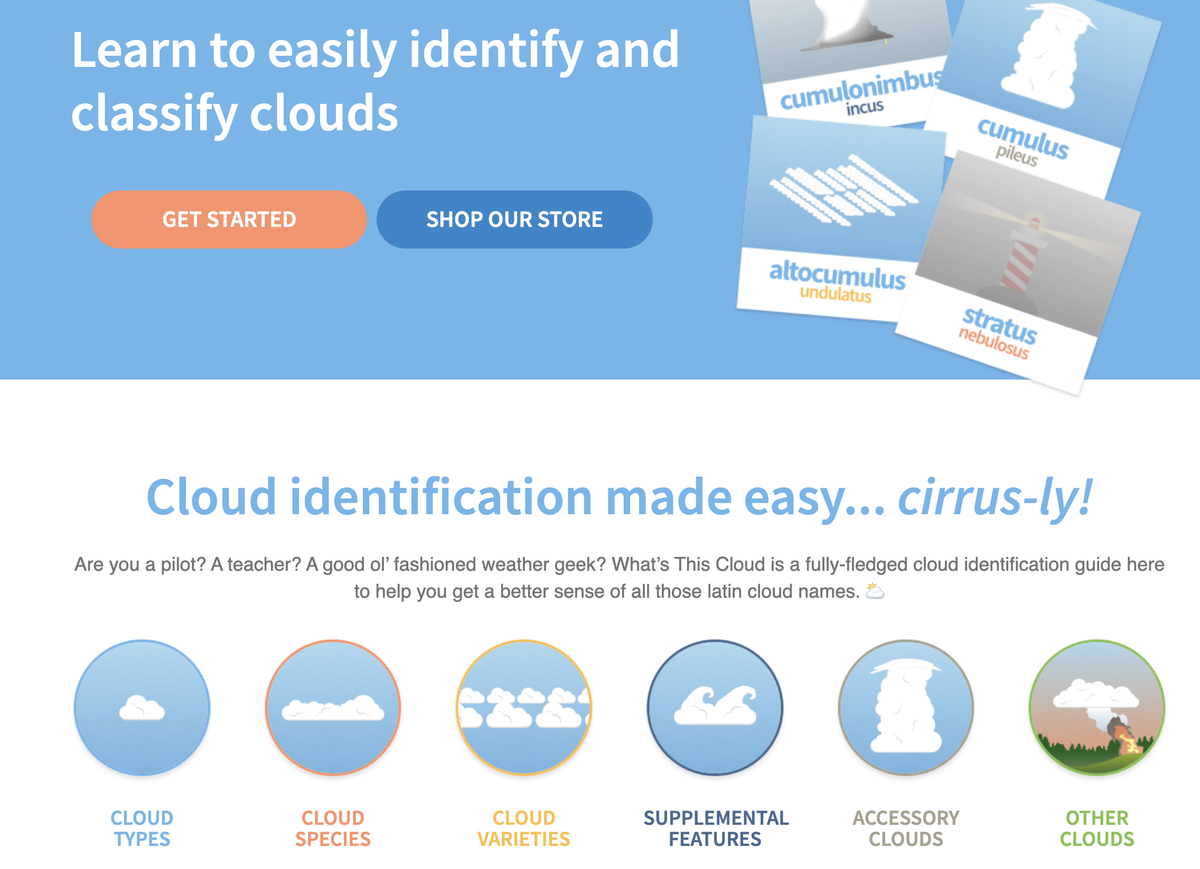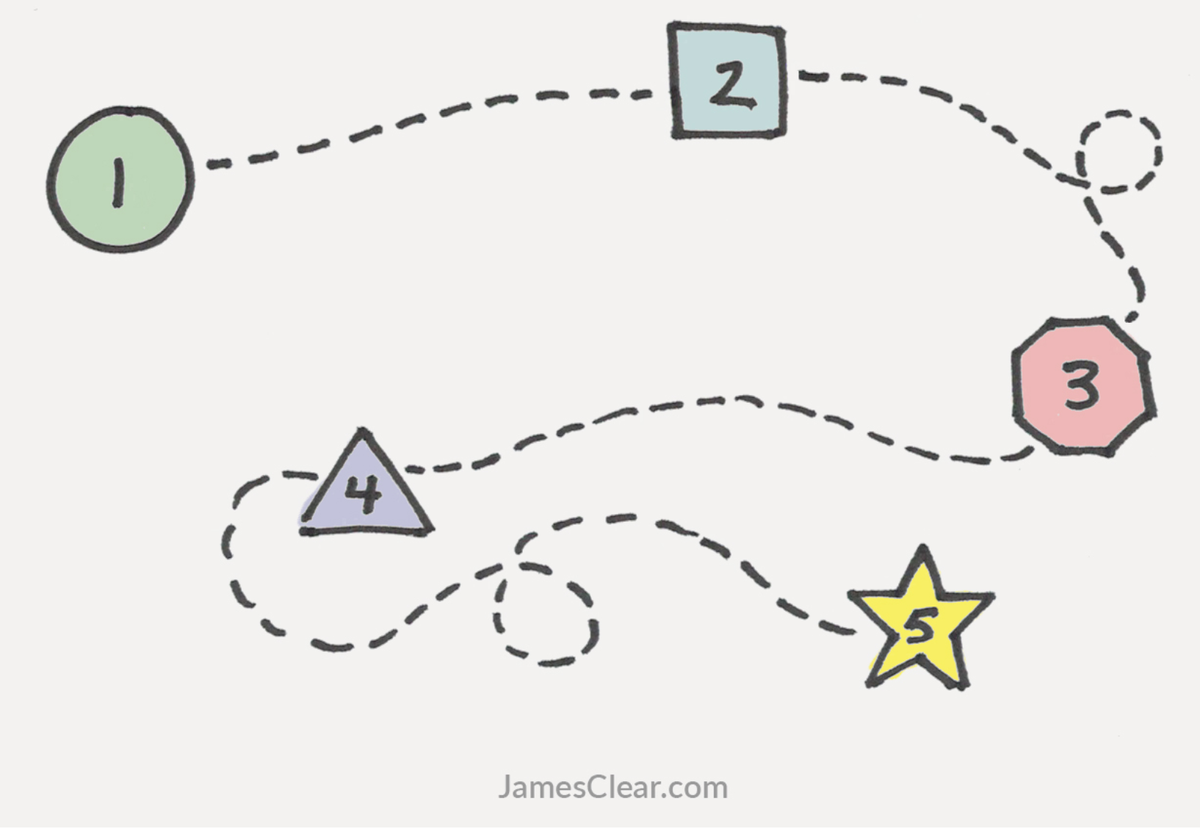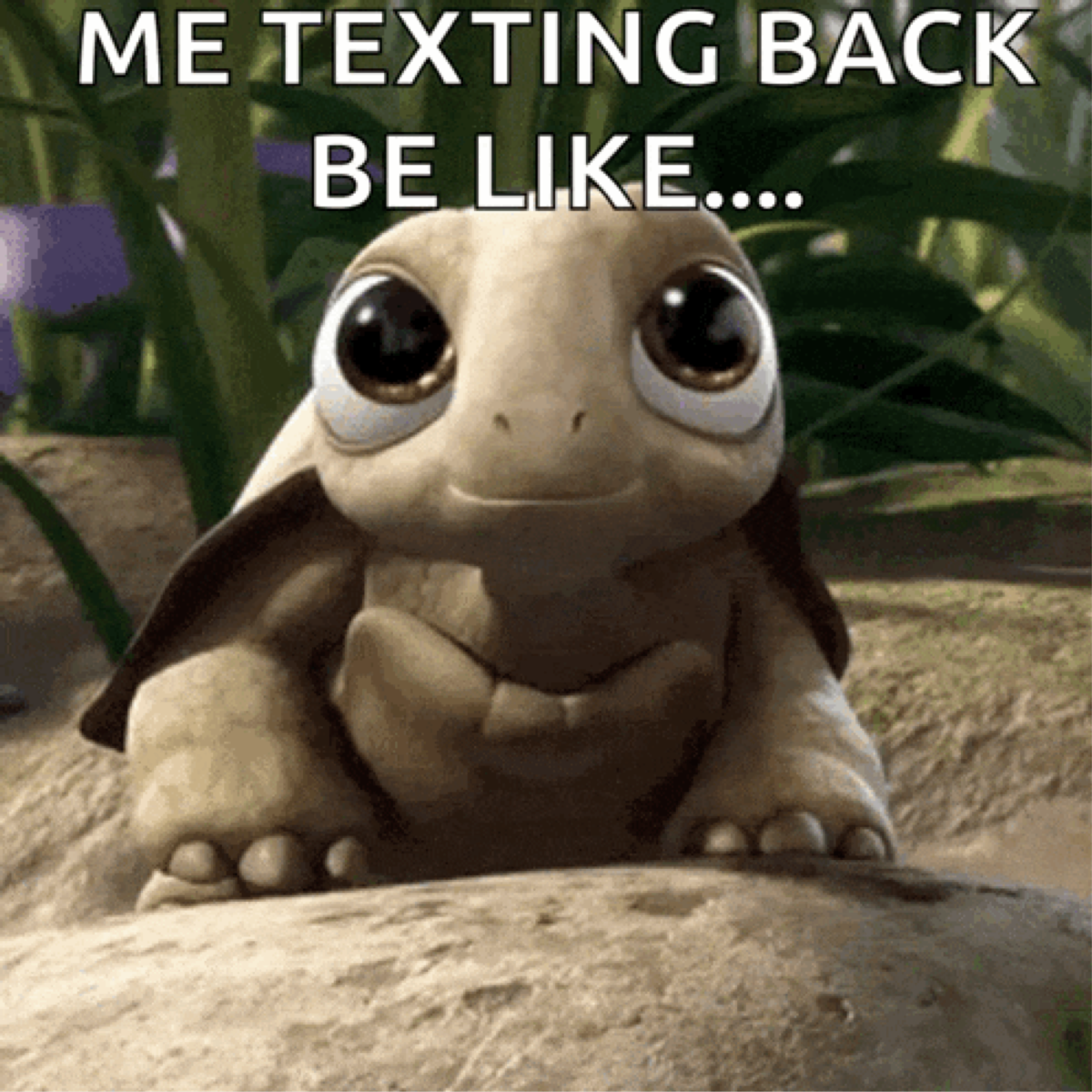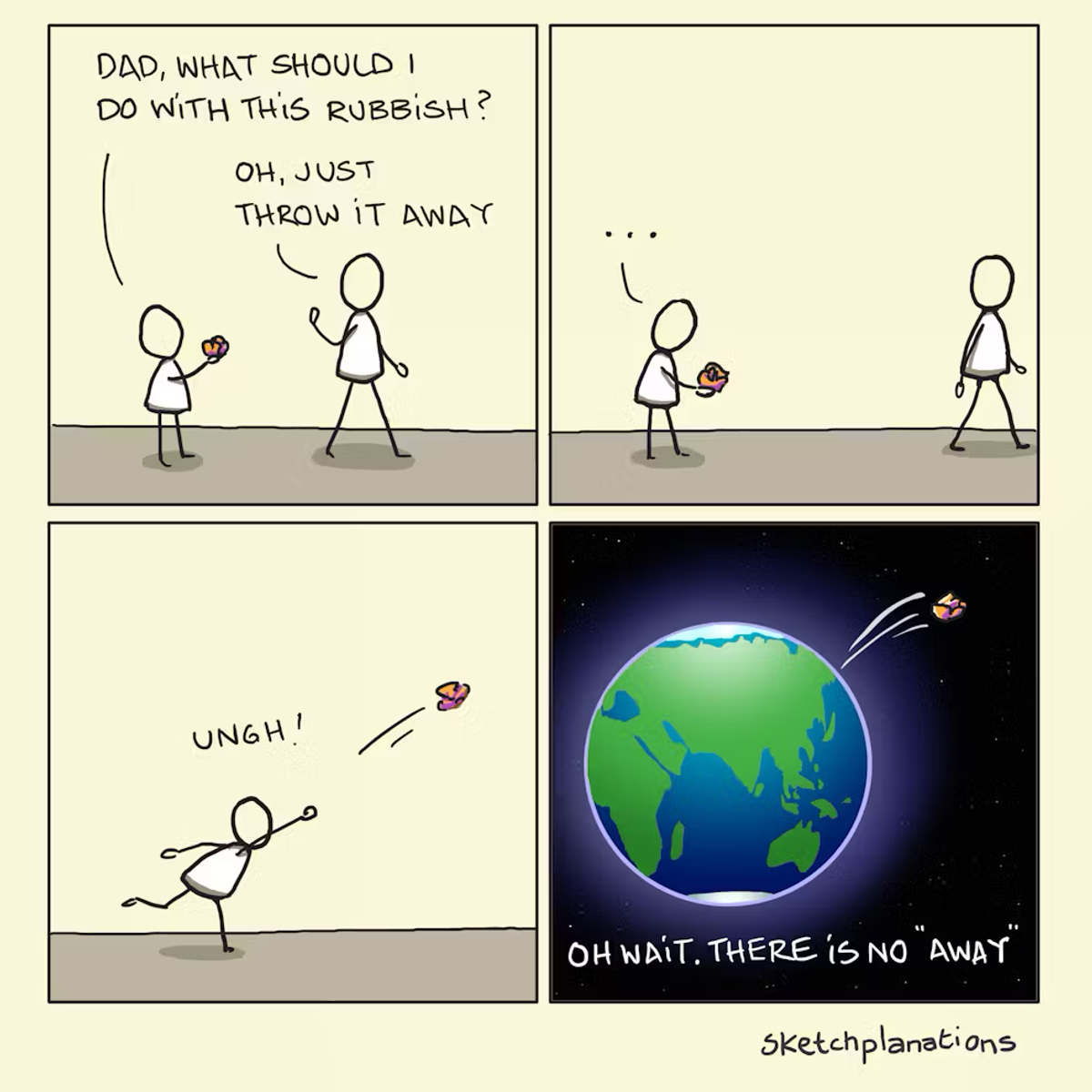Teachers' Page:

We start each week with a Monday Morning Meeting for staff. It's a time for information sharing, celebrating staff and children's achievements, laughter, building and strengthening the kaupapa foundations for our school, and a few tips on teaching, techie skills and even life. This page will be the place teachers can come back to if they want to revisit anything we covered in our Monday Morning Meetings.
It's really a page for teachers, but if you find anything worthwhile here for yourself, great.
Web Pages:
https://janwillemtulp.github.io/parallel-lives/
https://whatsthiscloud.com/cloud-identification/
https://sites.elliott.computer/one-minute-park/
Article
For a More Creative Brain Follow These 5 Steps
by James Clear
Nearly all great ideas follow a similar creative process; this article explains how this process works. Understanding this is important because creative thinking is one of the most useful skills you can possess. Innovative solutions, lateral thinking, and creative ideas can benefit nearly every problem you face in work and in life.
Anyone can learn to be creative by using these five steps. That’s not to say being creative is easy. Uncovering your creative genius requires courage and tons of practice. However, this five-step approach should help demystify the creative process and illuminate the path to more innovative thinking.
To explain how this process works, let me tell you a short story.
A Problem in Need of a Creative Solution
In the 1870s, newspapers and printers faced a very specific and costly problem. Photography was a new and exciting medium at the time. Readers wanted to see more pictures, but nobody could figure out how to print images quickly and cheaply.
For example, if a newspaper wanted to print an image in the 1870s, they had to commission an engraver to etch a copy of the photograph onto a steel plate by hand. These plates were used to press the image onto the page, but they often broke after just a few uses. You can imagine this photoengraving process was remarkably time-consuming and expensive.
The man who invented a solution to this problem was Frederic Eugene Ives. He went on to become a trailblazer in the field of photography and held over 70 patents by the end of his career. His story of creativity and innovation, which I will share now, is a useful case study for understanding the five key steps of the creative process.
A Flash of Insight
Ives started as a printer’s apprentice in Ithaca, New York. After two years of learning the ins and outs of the printing process, he began managing the photographic laboratory at nearby Cornell University. He spent the rest of the decade experimenting with new photography techniques and learning about cameras, printers, and optics.
In 1881, Ives had a flash of insight regarding a better printing technique.
“While operating my photo stereotype process in Ithaca, I studied the problem of the halftone process,” Ives said. “I went to bed one night in a state of brain fog over the problem, and the instant I woke in themorning saw before me, apparently projected on the ceiling, the completely worked out process and equipment in operation.
”Ives quickly translated his vision into reality and patented his printing approach in 1881. He spent the remainder of the decade improving upon it. By 1885, he had developed a simplified process that delivered even better results. The Ives Process, as it came to be known, reduced the cost of printing images by 15x and remained the standard printing technique for the next 80 years.
Now, let’s discuss what lessons we can learn from Ives about the creative process.
The printing process developed by Frederic Eugene Ives used a method called “halftone printing” to break a photograph down into a series of tiny dots. The image looks like a collection of dots up close, but when viewed from a normal distance, the dots blend together to create a picture with varying shades of grey.
The 5 Stages of the Creative Process
In 1940, an advertising executive named James Webb Young published a short guide titled A Technique for Producing Ideas.
In this guide, he made a simple but profound statement about generating creative ideas. According to Young, innovative ideas happen when you develop new combinations of old elements. In other words, creative thinking is not about generating something new from a blank slate but rather about taking what is already present and combining those bits and pieces in a way that has not been done previously.
Most importantly, the ability to generate new combinations hinges upon your ability to see the relationships between concepts. You have done something creative if you can form a new link between two old ideas.
Young believed this process of creative connection always occurred in five steps :
1. Gather new material. At first, you learn. During this stage, you focus on 1) learning specific material directly related to your task and 2) learning general material by becoming fascinated with a wider range of concepts.
2. Thoroughly work over the materials in your mind. During this stage, you examine what you have learned by looking at the facts from different angles and experimenting with fitting various ideas together.
3. Step away from the problem. Next, you put the problem out of your mind and go to something else that excites and energizes you.
4. Let your idea return to you. At some point, but only after you have stopped thinking about it, your idea will return to you with a flash of insight and renewed energy.
5. Shape and develop your idea based on feedback. For any idea to succeed, you must release it into the world, submit it to criticism, and adapt it as needed.
The Idea in Practice
The creative process used by Frederic Eugene Ives offers a perfect example of these five steps in action.
First, Ives gathered new material. He spent two years working as a printer’s apprentice and four years running the photographic laboratory at Cornell University. These experiences gave him a lot of material to draw upon and make associations between photography and printing.
Second, Ives began to mentally review everything he learned. By 1878, Ives spent nearly all of his time experimenting with new techniques. He was constantly tinkering and experimenting with different ways of putting ideas together.
Third, Ives stepped away from the problem. In this case, he slept for a few hours before his flash of insight. Letting creative challenges sit for longer periods of time can also work. Regardless of how long you step away, you need to do something that interests you and takes your mind off of the problem.
Fourth, his idea returned to him. Ives awoke with the solution to his problem laid out before him. (On a personal note, I often find creative ideas hit me just as I lie down to sleep. Once I give my brainpermission to stop working for the day, the solution appears easily.)
Finally, Ives continued to revise his idea for years. In fact, he improved so many aspects of the process he filed a second patent. This is a critical point and is often overlooked. It can be easy to fall in love with the initial version of your idea, but great ideas always evolve.
The Creative Process in Short:
“An idea is a feat of association, and the height of it is a good metaphor.”
—Robert Frost.
The creative process is the act of making new connections between old ideas. Thus, we can say creative thinking is the task of recognizing relationships between concepts.
One way to approach creative challenges is by following the five-step process of
1) gathering material
2)intensely working over the material in your mind
3) stepping away from the problem
4) allowing the idea to come back to you naturally
5) testing your idea in the real world and adjusting it based on feedback. Creativity isn’t about being the first (or only) person to think of an idea. More often, creativity is about connecting ideas.
Being creative isn’t about being the first (or only) person to think of an idea. More often, creativity is about connecting ideas.
Techie Tips:
Control+Command+Q
Immediately lock your screen. A good security and privacy practice to get into, especially in a school environment, is to lock your screen when you step away from your desk. This keyboard shortcut makes that easy.
iPhone Side Button
Put that side button to use
Besides locking your iPhone and accessing your Apple wallet, you can also use the side
button on your iPhone for doing a bunch of other cool stuff.
Go to Settings - General - Accessibility - Accessibility Shortcut.
You can select from different options and features and use them by
triple-clicking the side button.
Briefly - the One Touch Method:
What's the One-Touch Method?
The original One-Touch Method is all about cleaning.
The idea is simple: as soon as you touch an item, put it where it belongs.
The same idea can apply to other tasks and chores, from emails to homework.
As soon as you “touch” a task, complete it immediately so you don’t have to come back to it.
The less you “touch” a task, the more time and energy you’ll save.
The One-Touch Method can also:
Make you more decisive
Reduce stress and overwhelm
Help you focus on one thing at a time
Motivate you to complete more tasks quicker
Reduce context switching
To Ponder:
We need to redefine "problems" into opportunities.
Problems are opportunities to create value, strengthen relationships, an differentiate yourself from others.
Every problem is an opportunity in disguise."
**
"Talent and potential mean nothing if you can't consistently do things when you don't feel like doing them."
***
"If you're not willing to look like an idiot in the short term, you will never look like a genius in the long term."
Sketchplanations
It's a phrase I always grew up with: you throw rubbish and trash "away" and take what you don't need to "the dump" or "the tip." However, a comment in a nature documentary made me reevaluate:
"You can't throw anything away. There is no 'away'."
Unless we're throwing a leaf or some grass cuttings back on the lawn, it matters where what we've used ends up. It doesn't go away—it goes somewhere, and eventually, that somewhere will catch up with us.
This is why I think "the garbage dump" is better than "the Recycling centre." We should try to only buy things that we make good use of. We should try to repair it when we can and, if possible, find another home for what we no longer need rather than "dump" it. We should also try to buy recycled products to give a market for those making them.
It can be hard work. It's easier and more fun to bring new, shiny things into my life than to find homes for older, less shiny things. But there is no "away." The effort will pay us back in the long run.
I don't mean to get preachy; it's just a phrase that has stuck with me since the moment I heard it.
Too many interesting articles to read? Too many places to visit? Too many projects to work on? Too many podcasts to listen to? Too many interesting things to learn? Try thinking of each as rivers, not buckets.
Oliver Burkeman shared a beautiful and powerful metaphor to reframe the bucket list of everything we want to do but can't possibly get done. There's an endless stream of books to read, programs to watch, and things you may want to get done. Instead of a bucket list to get through, try thinking of it as a river where attractive options drift by. Rather than feeling pressure to clear out the bucket or tick off all the items; instead, you can choose from the river what interests you in the knowledge that more will always come along.
This reframing resonated with me when I considered everything I wanted to read or the emails in my inbox. When you have too many emails, you find you answer the ones that really need answering. There will always be more. Growing up with a scarcity mindset regarding photos, I used to carefully trim each photo I didn't want after a weekend away or travelling. It was a revelation to me to consider selecting the ones I liked instead of worrying about removing everyone that I didn't.
Maybe you do have to get through everything at work, but this mindset doesn't need to apply to your personal life.
Don't beat yourself up. It's impossible to keep up with everything. Consider thinking of areas of your life like rivers, not buckets.
Oliver explains rivers not buckets in "Treat your to-read pile like a river". Or listen to Oliver reading the short essay in the Waking Up app.











